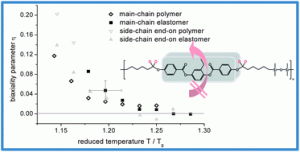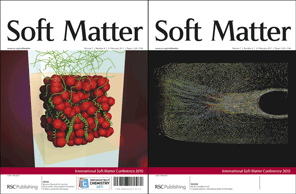On Friday (18th February 2011), I received an email from the Institute of Physics (IOP). It informed me that the President of the IOP, Professor Marshall Stoneham FRS CPhys FInstP, had sadly passed away. Prof. Stoneham had a very successful career in academia, publishing and in industry. Most recently he worked at the London centre for Nanotechnology and University College London, where he was the Emeritus Massey Professor of Physics
In December I attended a talk by Prof. Stoneham at the CMMP10 conference in Warwick. His talk was well attended and his style engaging. The talk titled ‘Where physics meets biology’, discussed (amongst other things) how quantum mechanics could be used to explain how humans smell. His proposal was that receptors in the nose are actuated by electron tunnelling from a donor to an acceptor mediated by the odorant molecule.
Each odorant has its own vibrational frequency. When the vibrations of the odorant cause electrons in the nasal receptors to tunnel between energy states, a nerve signal is sent to the brain and the smell detected. Different vibrational frequencies are detected by different receptors. Since different smells have different frequencies, each odorant smells different. This model termed the ‘swipe card’ model allows receptors to ‘read’ an odorant molecule by detecting its vibrational spectrum along with matching its size and shape. “The shape must be good enough, but it is something else that carries the decisive information”. The results were published in Phys. Rev. Lett. doi=10.1103/PhysRevLett.98.038101.
Prof. Stoneham was the author of over 500 papers and a number of books on a wide range of subjects from biology to quantum computing and from nuclear safety to self-organisation. He was the recipient of the Gutrine gold medal of the IOP in 2006 for his wide-ranging theoretical work on defects in solids and the Royal Society’s Zeneca prize in 1995. Marshall Stoneham will be greatly missed by the physics community.












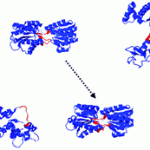

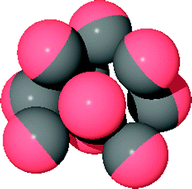
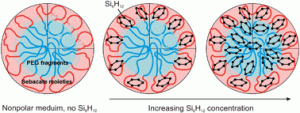
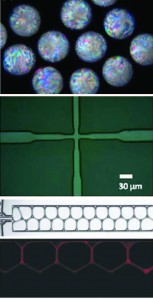
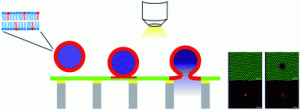
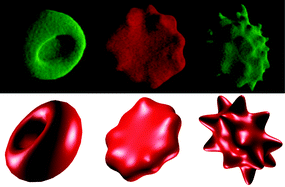
 Self-assembly of cellulose nanofibrils by genetically engineered fusion proteins
Self-assembly of cellulose nanofibrils by genetically engineered fusion proteins
